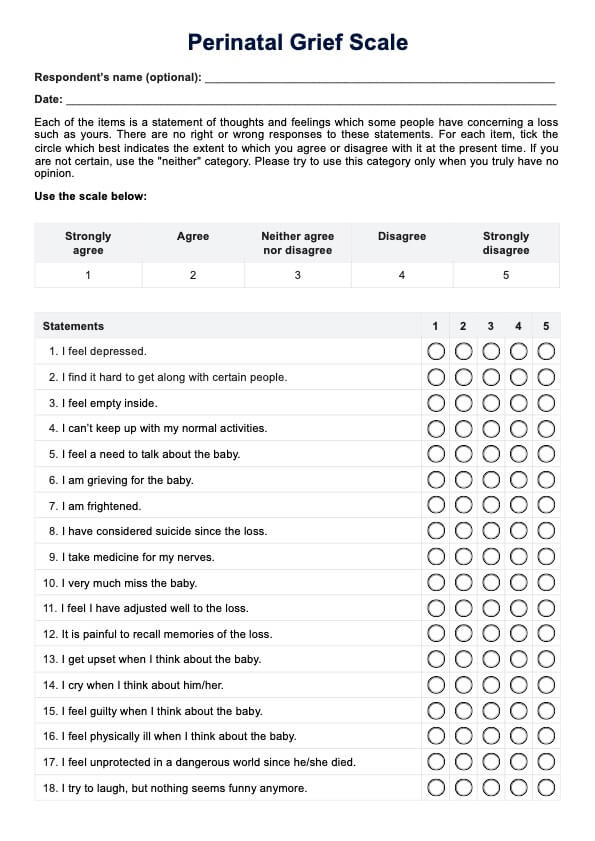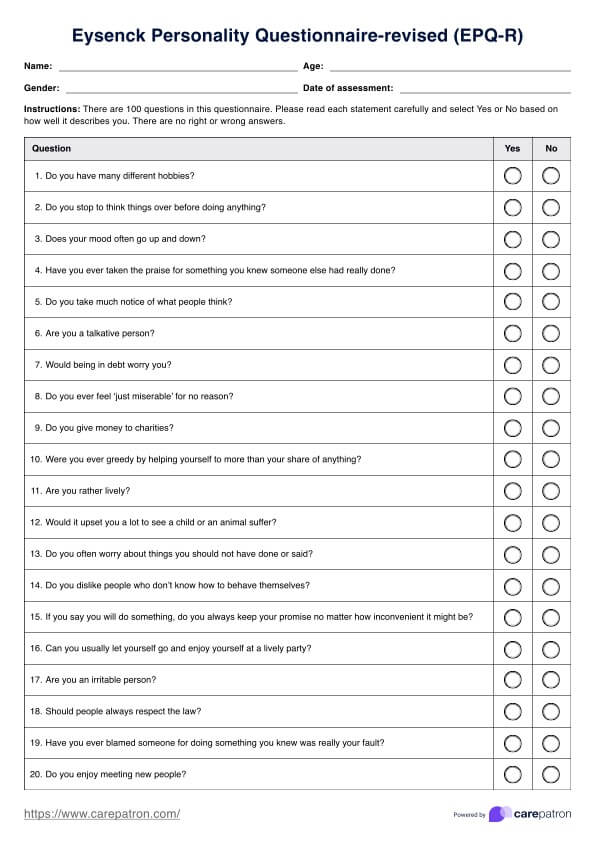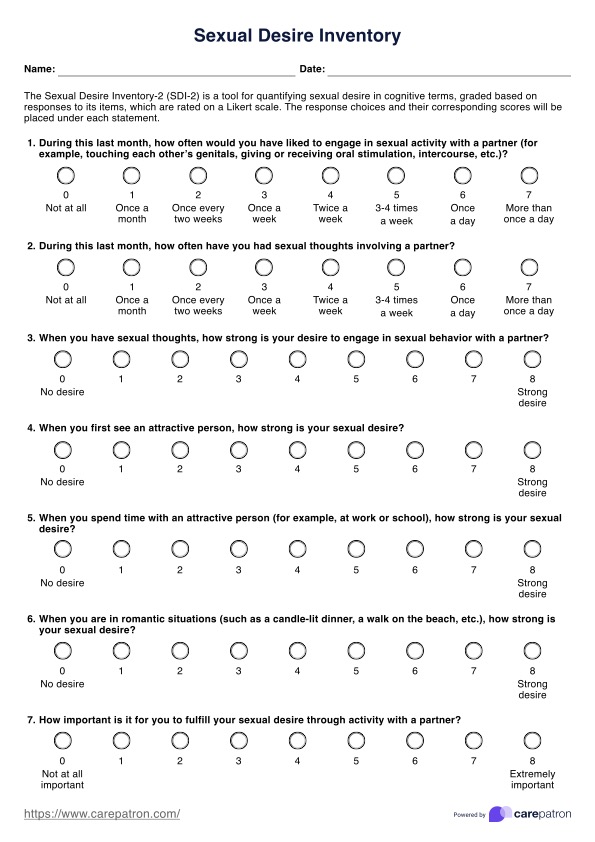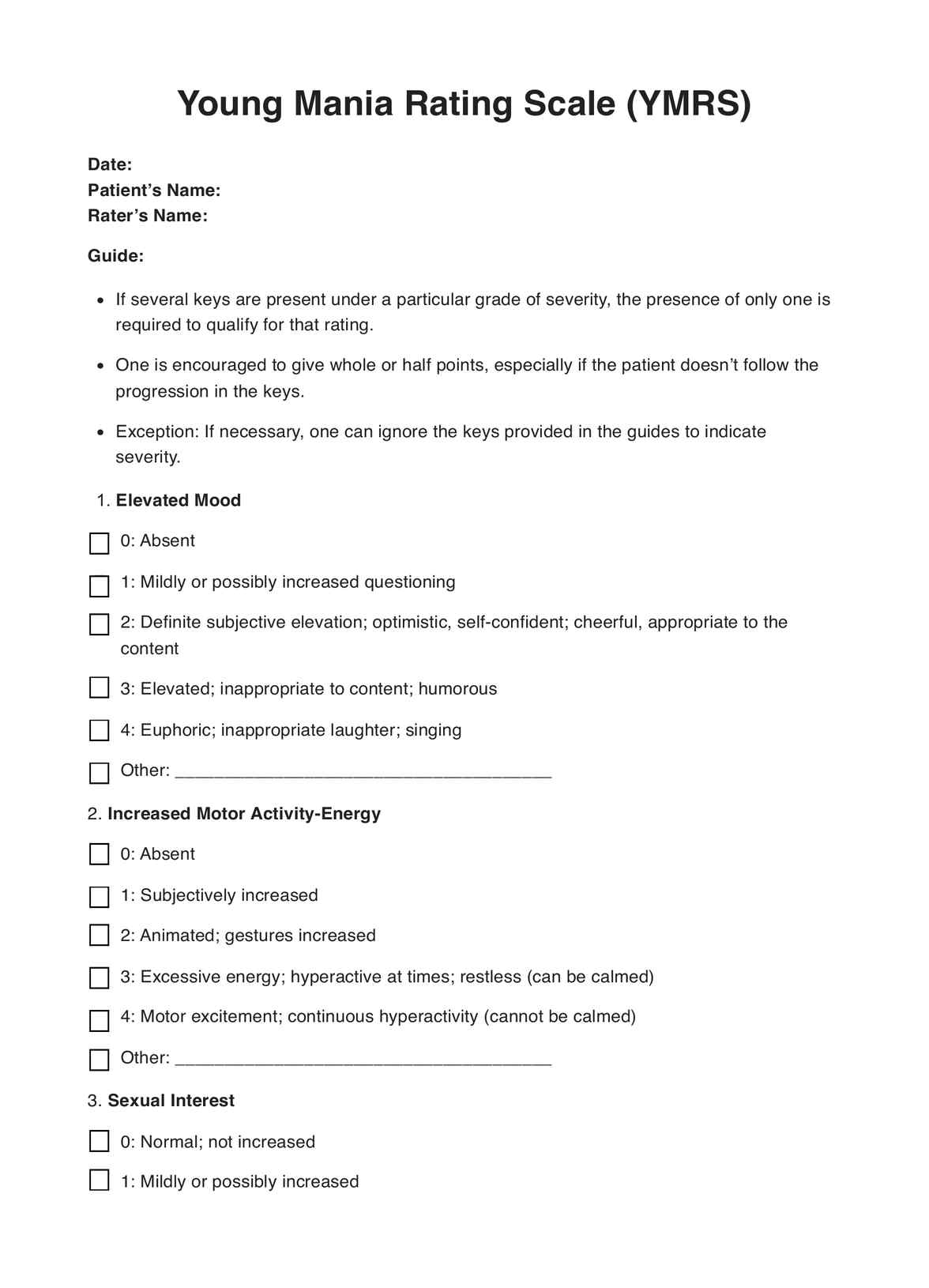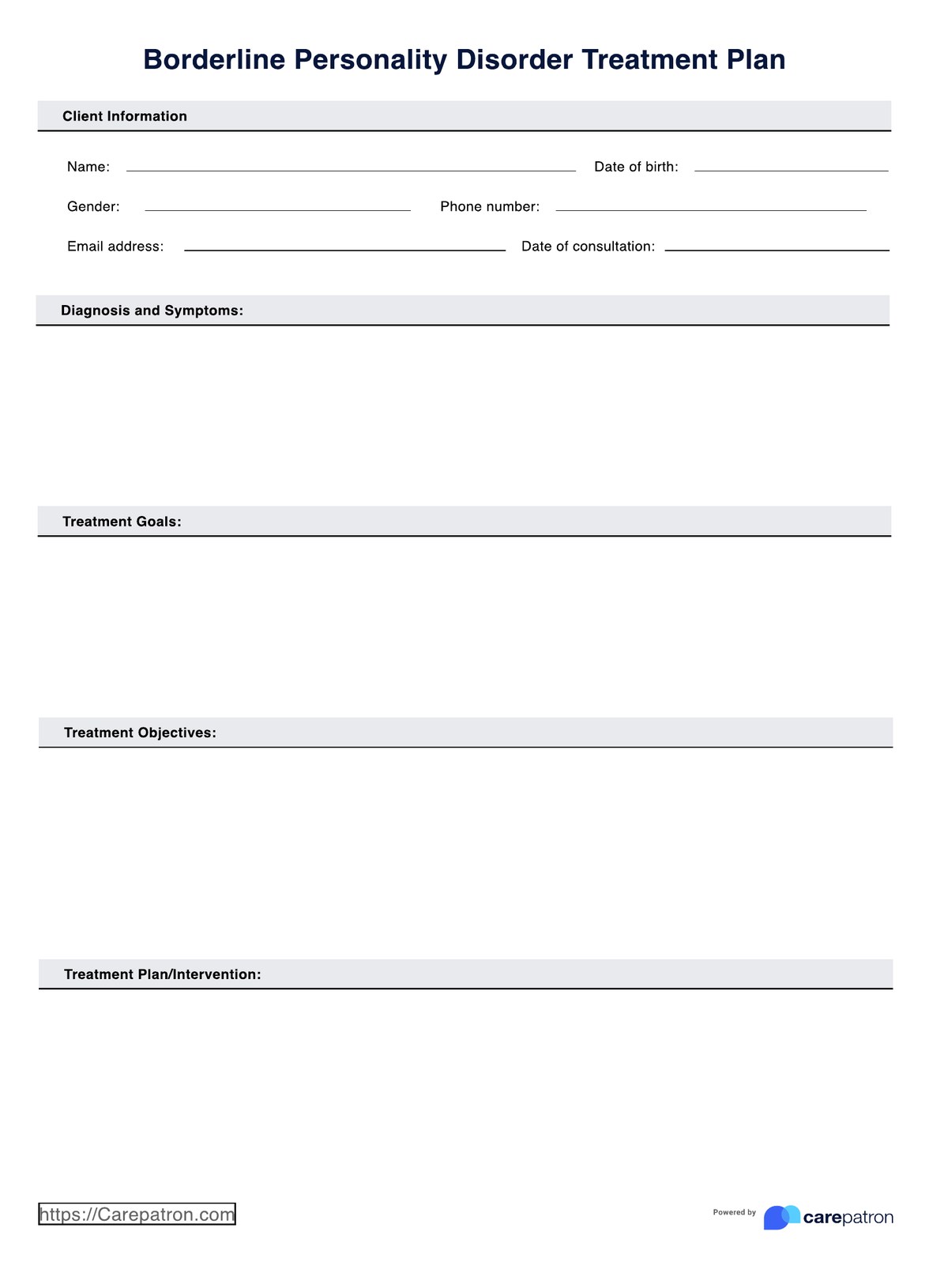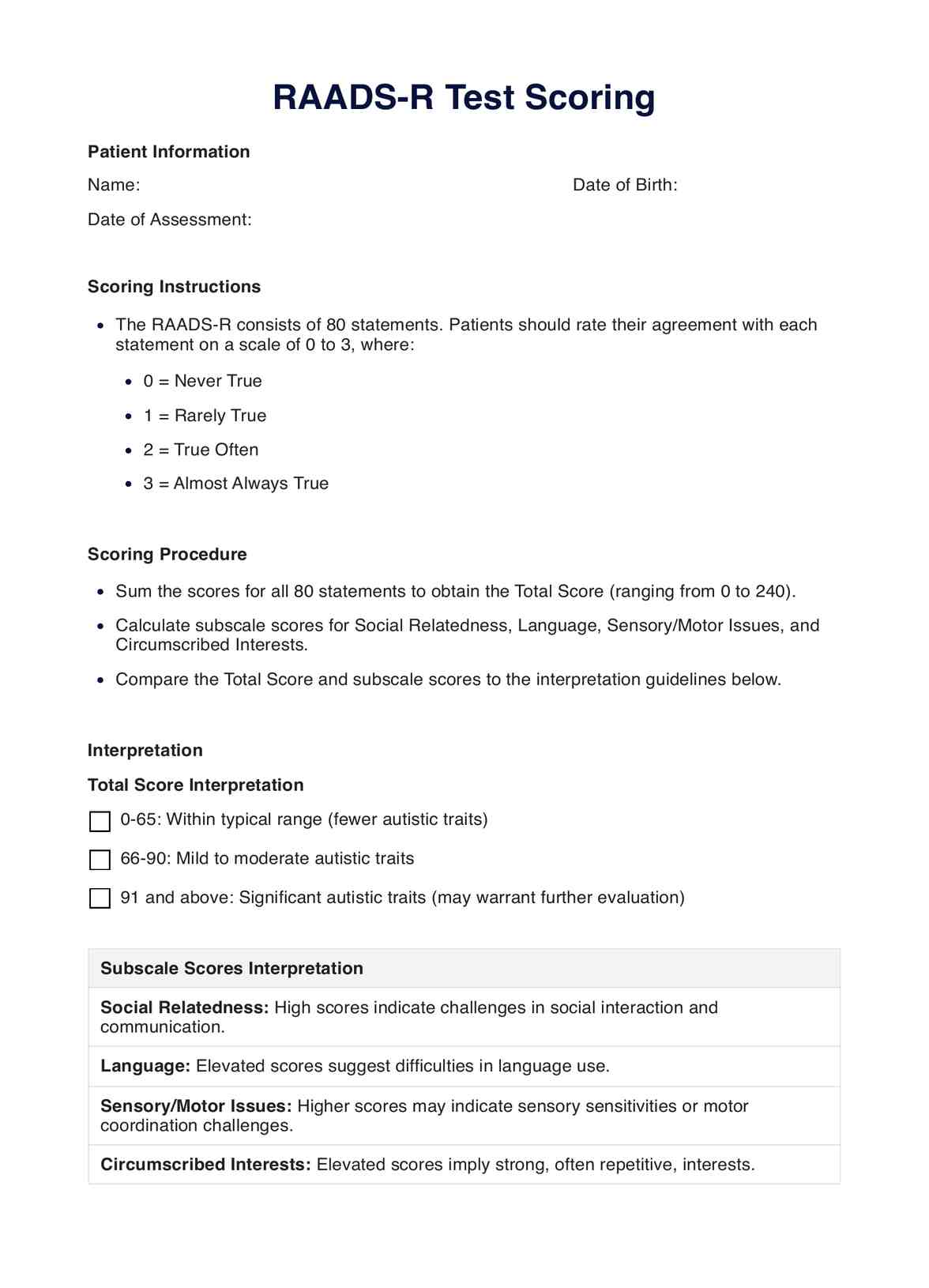Buss-Perry Aggression Questionnaires
Download our free Buss-Perry Aggression Questionnaire template and example. Use it to assess your client's level of aggression and hostility.


What is the Buss-Perry Aggression Questionnaire?
Aggression is a complex facet of human behavior, often categorized as a response to a perceived threat or challenge. It can manifest in various forms, such as physical violence, verbal hostility, or passive-aggressive behavior.
The Buss-Perry Aggression Questionnaire (BPAQ) is a widely used tool in psychological research and clinical practice for assessing aggressive tendencies in individuals. Developed by Arnold H. Buss and Mark Perry in 1992, this instrument has become a cornerstone in studying aggression and its various components (Buss & Perry, 1992).
The BPAQ was created as an improvement upon the earlier Buss-Durkee Hostility Inventory. It consists of 29 items that measure not only overall aggression but also four distinct aspects:
- Physical aggression: This subscale assesses the tendency to use physical force when expressing anger or aggression. It includes items related to fighting and the threat of violence.
- Verbal aggression: Verbal aggression measures the propensity to express hostile feelings through words. This can include arguing, shouting, or using harsh language when disagreeing with others.
- Anger: The anger component evaluates an individual's emotional readiness to aggress. It includes items about irritability, frustration, and difficulty controlling temper.
- Hostility: Hostility represents the cognitive element of aggression. It includes feelings of ill will, perceived injustice, and general suspicion of others' motives.
These four factors were identified through factor analysis, providing a more comprehensive understanding of aggressive behavior than previous single-factor models.
If you're interested in assessing aggression levels, consider using the aggression questionnaire which is well-regarded in single-factor models. Looking for other relevant resources? Check out our video below:
Buss-Perry Aggression Questionnaires Template
Buss-Perry Aggression Questionnaires Example
Psychometric properties of the Buss-Perry Aggression Questionnaire (BPAQ)
The BPAQ has demonstrated good psychometric properties, making it a reliable and valid tool for measuring aggression in various populations. The BPAQ scales showed internal consistency that is psychometrically sound across its four subscales (Buss & Perry, 1992).
The BPAQ has also shown good construct validity, with its scale scores correlated with measures of related constructs, such as hostility inventories, trait anger, and aggression-related personality traits. The questionnaire also demonstrated the ability to differentiate between groups expected to have different levels of aggression. For instance, its scales correlated differently among individuals with a history of violent behavior compared to non-violent controls (Gerevich et al., 2007).
How does it work?
This BPAQ template allows you to evaluate your client's level of aggression. Follow these steps to get started:
Step 1: Download the questionnaire
Get a copy of the printable Buss-Perry Aggression Questionnaire using the link on this page. You can also download it from the Carepatron app or our extensive resources library.
Step 2: Discuss with your client
Explain the questionnaire to your client and clarify how to respond to the items. Answer any questions they may have before going to the next step.
Step 3: Let the client complete the questionnaire
Give your client enough time to finish the questionnaire. Remind them that there are no right or wrong answers. Encourage them to be honest and respond in their own way.
Step 4: Score the questionnaire
After your client has responded to all the questions, evaluate the questionnaire. Analyze their answers for each item and tally the score based on their responses.
Step 5: Interpret the results
Use the Buss-Perry Aggression Questionnaire scoring guide to interpret your client's results. Review any areas of concern and discuss them with your client.
Buss-Perry Aggression Questionnaire (BPAQ) scoring and interpretation
The Buss-Perry Aggression Questionnaire consists of 29 items, with individuals rating each item on a 5-point Likert scale, ranging from 1 (extremely uncharacteristic of me) to 5 (extremely characteristic of me). To calculate the total score, add the responses for all 29 items. The total score will range from 29 to 145.
The BPAQ also includes four subscales, each comprising a specific set of items related to different aspects of aggression. These subscales are:
- Physical aggression subscale (Items 1-9): Higher scores indicate a greater tendency towards physically aggressive behaviors, such as hitting, pushing, or physically harming others.
- Verbal aggression subscale (Items 10-14): Higher scores suggest an inclination towards aggressive language, including insults, threats, or verbally abusive behavior.
- Anger subscale (Items 15-21): Higher scores signify an intensity and frequency of feelings of anger and irritability.
- Hostility subscale (Items 22-29): Higher scores reflect overall negative attitudes and hostility towards others.
A higher total score or sub-scale score indicates greater aggression. Generally, scores from 65-95 indicate moderate to high levels of aggressive behavior, while scores above 95 may indicate severe aggression. However, it is important to note that these scoring ranges are general guidelines, and individual scores should always be interpreted in the context of the individual's background and other factors.
References
Buss, A. H., & Perry, M. (1992). The Aggression Questionnaire. Journal of Personality and Social Psychology, 63(3), 452-459. doi:10.1037//0022-3514.63.3.452
Gerevich, J., Bácskai, E., & Czobor, P. (2007). The generalizability of the Buss-Perry Aggression Questionnaire. International Journal of Methods in Psychiatric Research, 16(3), 124–136. https://doi.org/10.1002/mpr.221
Commonly asked questions
Mental health professionals use the Buss-Perry Aggression Questionnaire to assess and understand their clients' aggressive tendencies and hostile behaviors.
Individuals can complete the BPAQ within 10 to 15 minutes.
You can use the Buss-Perry Aggression Questionnaire during your client's treatment to assess their aggressive tendencies and monitor changes in their behavior. It is effective as both a baseline measure and an ongoing assessment tool throughout therapy.


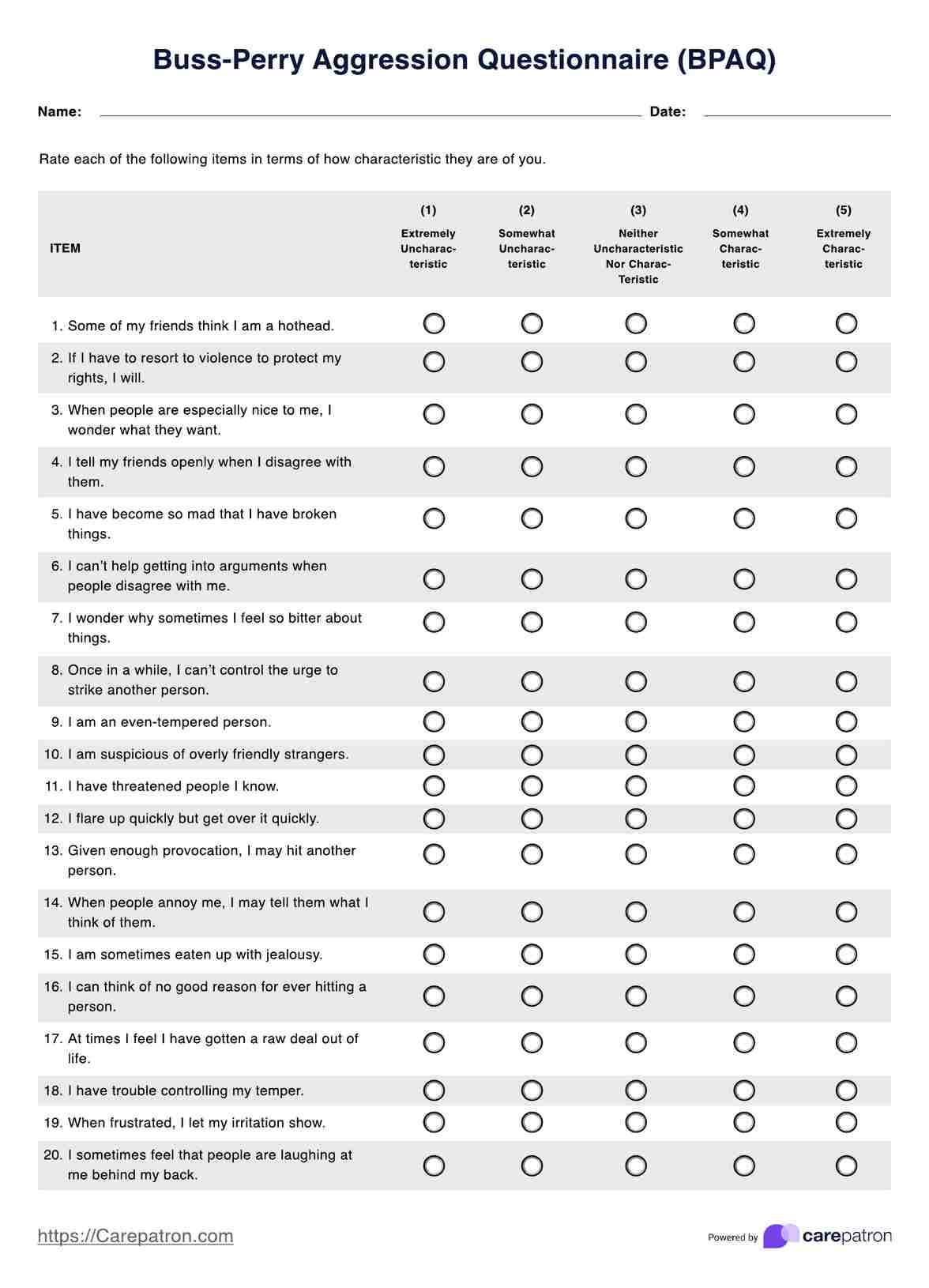
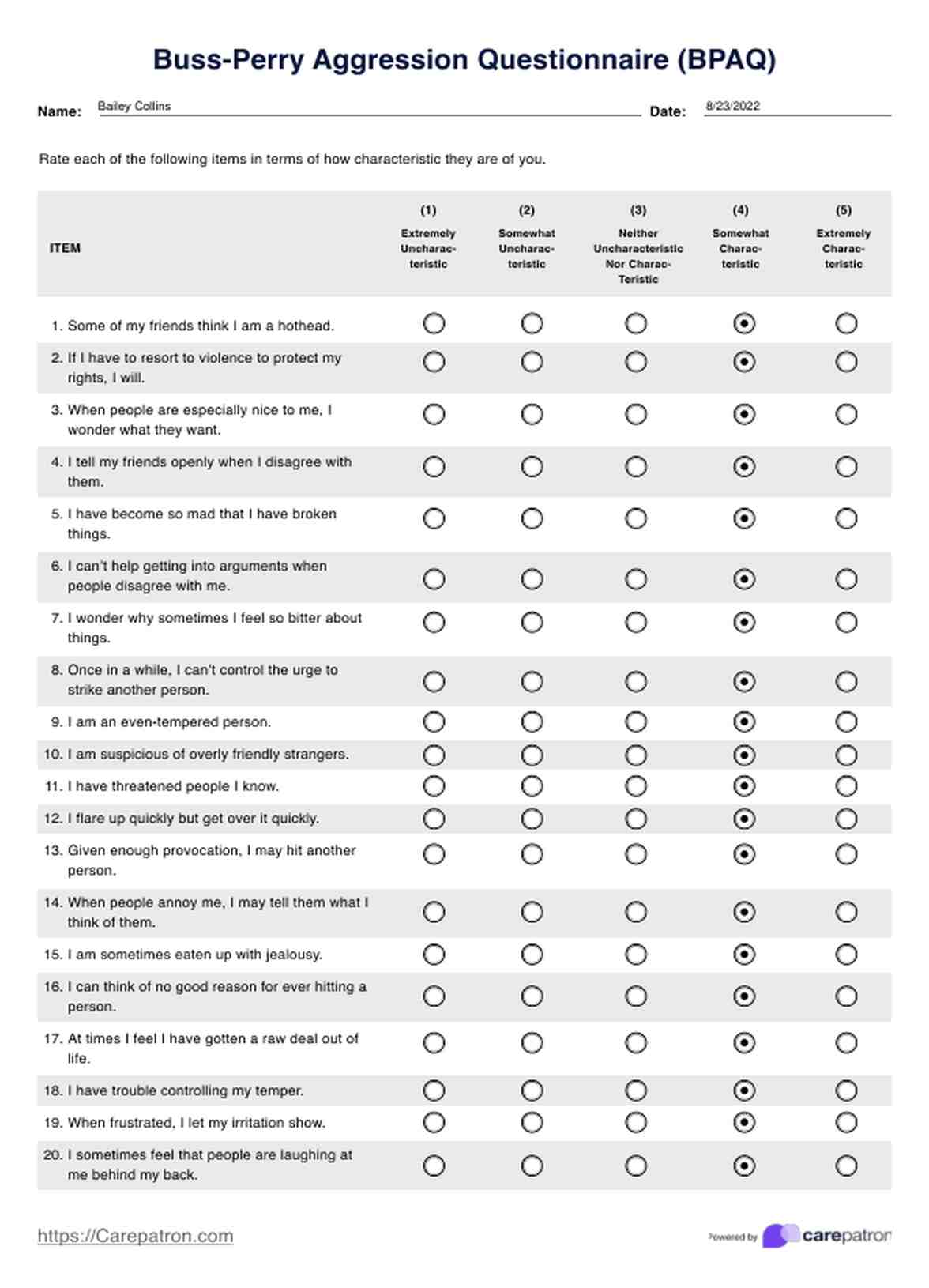

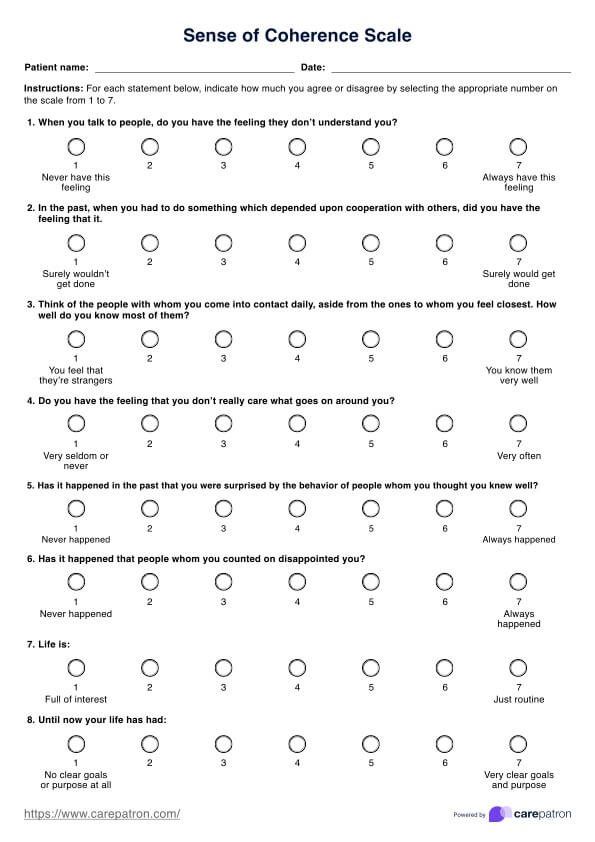

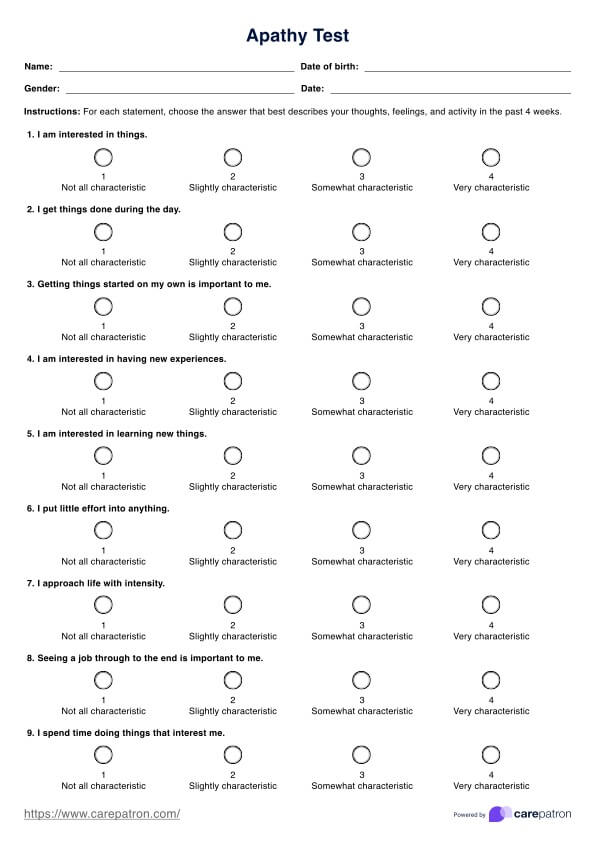










-template.jpg)



















































































